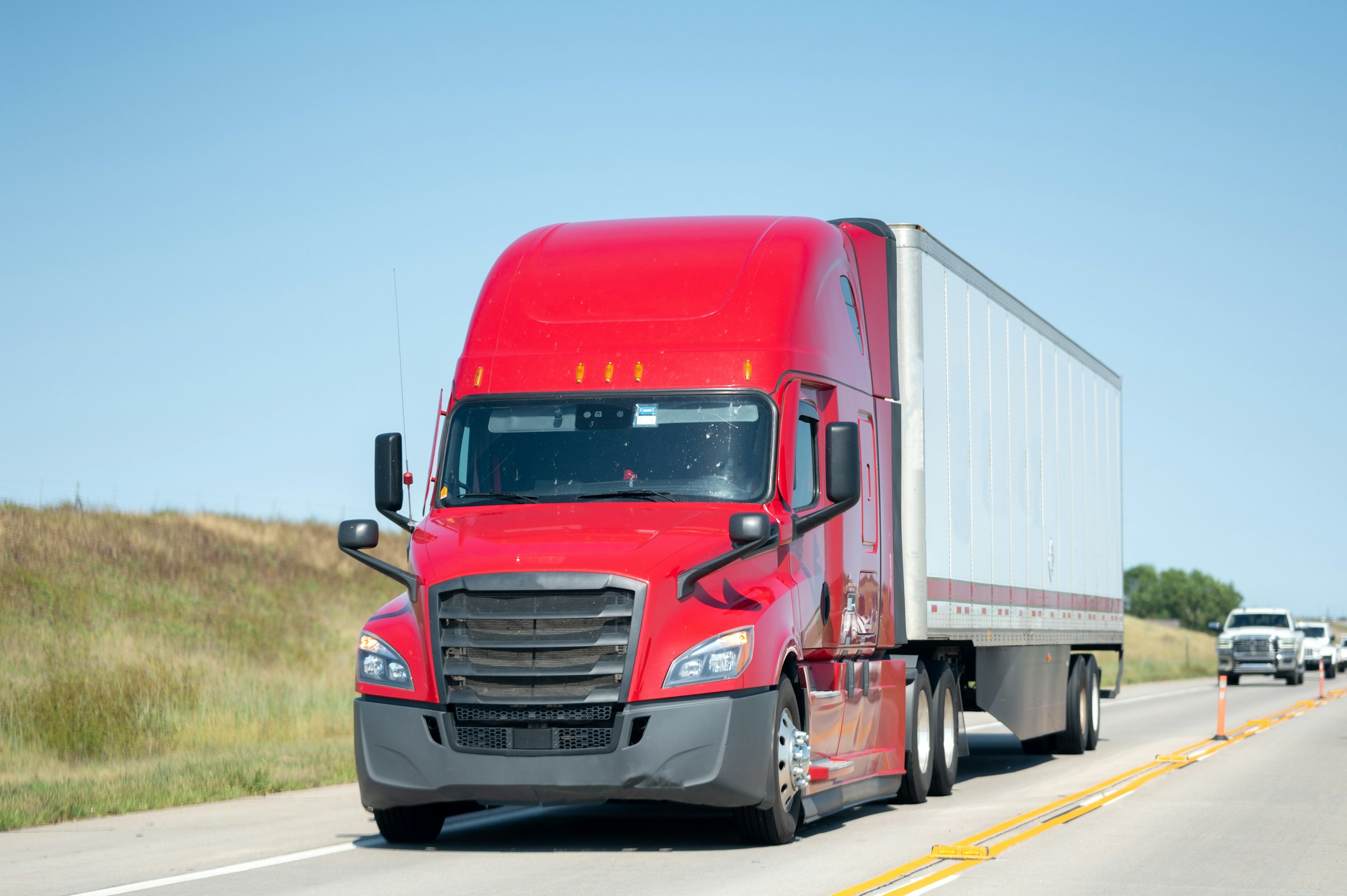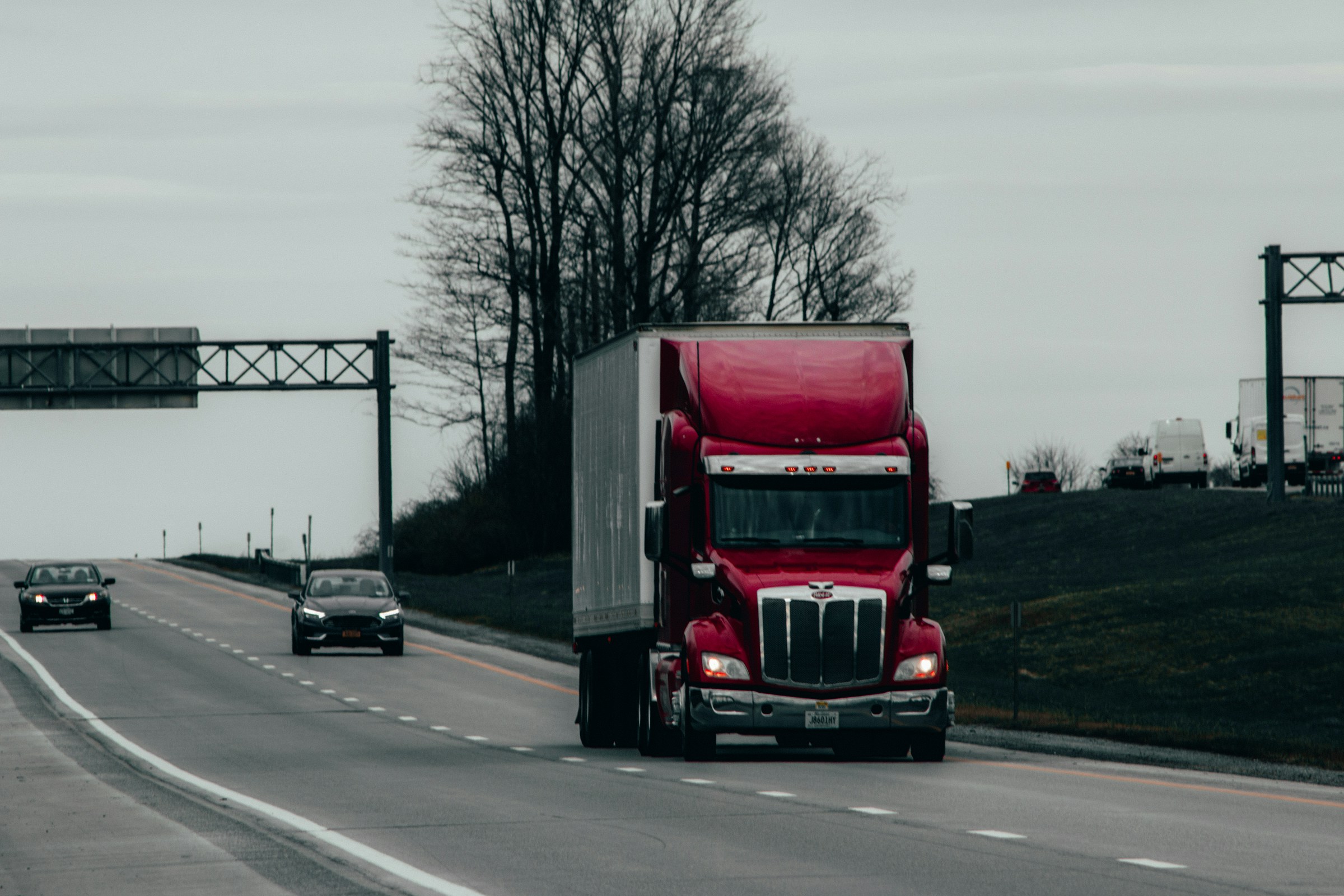Commercial fleet safety in today’s commercial transport business is not only a legal requirement but also a cornerstone of business stability. Insurance premiums reflect not only the likelihood of incidents but also the effectiveness of a company’s risk management system. A comprehensive safety approach lowers the risk of accidents, minimizes losses, and optimizes insurance costs, strengthening business performance in the long term.

Leveraging Technology for Fleet Safety
Modern transportation companies increasingly rely on technology to monitor and improve fleet safety. Telematics systems, GPS trackers, and vehicle diagnostic tools allow organizations to track vehicle usage, driver behavior, and mechanical performance. These systems provide data on hard braking, acceleration patterns, and route conditions, which can help identify potential hazards before incidents occur.
Insurance providers may consider this type of monitored data when assessing risk and calculating premiums, which creates a financial incentive for fleets to adopt comprehensive safety technology. According to FMCSA guidelines, implementing monitoring systems aligns with industry best practices for risk management.
Personnel Training and Development
A critical component of the risk management plan includes regular training of drivers and fleet personnel. Safe driving techniques, proper cargo handling, loading and unloading procedures, and the use of specialized equipment all reduce the risk of accidents and damage.
The development of internal policies and labor standards ensures compliance with the standards, while education builds employee competency and fosters an environment of security. This reduces both accident frequency and insurance claims.
Fleet Maintenance
Regular maintenance of vehicles is necessary in order to avoid accidents. Regular inspection of braking systems, tires, lamps, and other components lowers the chance of equipment breakdowns. Enterprises with well-maintained vehicles and equipment prove to insurance carriers that they take risk management seriously.
Also, technical inspections allow for early detection of possible faults, preventing accidents and reducing insurance premiums.
Determining Insurance Coverage and Limits
Choosing the right commercial auto liability limit is an important aspect of the risk management plan. This limit sets the maximum amount the insurance company will pay for a covered accident. Having too low a limit can mean great financial loss, while too high a limit may raise premiums.
In selecting a limit, vehicle class, cargo type hauled, routes, and geography are taken into account. A well-formulated limit analysis helps companies balance premium cost with protection level.
STAR Mutual RRG: Trucking Companies Receive Customized Solutions
Specialty insurers such as STAR Mutual RRG provide adaptive commercial transportation programs. STAR Mutual operates as a mutual risk retention group (RRG), meaning policyholders are also members. This allows transportation companies to obtain customized insurance terms, adjust limits according to their own risks, and expedite policy issuance through advanced underwriting software.
The advantages of STAR Mutual RRG’s structure are:
- Customizable insurance coverage limits tailored to fleet needs;
- Potentially reduced insurance premiums as a result of a mutual model;
- Coverage for companies with mixed vehicle types across several states;
- Faster decision-making through proprietary technology.
These attributes make STAR Mutual RRG a worthwhile partner for transportation companies that are looking for cost savings while prioritizing safety.
Analyzing Insurance Claims History
Reviewing a company’s claims history is a critical component of premium optimization. Organizations with fewer incidents or well-documented claims processes may be better positioned to negotiate lower premiums. Transparent reporting and compliance with industry standards strengthen a company’s credibility with insurers, reinforcing the value of systematic risk management practices.
Regional and Operational Factors
Premium calculations are also determined on the basis of route characteristics and local conditions. Interstate driving, heavy traffic, mountain, and rural routes increase the likelihood of accidents. Insurance companies utilize these in determining limits and offering insurance terms.
Companies that tailor safety practices to route and regional specifications are better equipped to manage costs.

Preventive Measures and Procedures
Strong safety outcomes often result from a combination of measures:
- Implementation of tight security protocols,
- Enforcement of traffic rules,
- Regular fleet inspections and monitoring systems.
Firms that consistently apply structured safety processes demonstrate a high level of responsibility to insurance companies, which can be reflected in lower premiums.
Conclusion
Improved fleet safety and reduced insurance costs are business objectives for transportation companies. Use of monitoring technologies, continuous employee training, maintenance practices, and review of insurance claims history minimizes accident possibilities and maximizes expenditures.
Customized solutions from experienced insurance providers like STAR Mutual RRG allow fleets to align coverage with their operations and benefit from innovative, cost-conscious programs.
A holistic approach to risk management builds safer roads, ensures company stability, reduces financial loss, and assists in long-term growth in the highly competitive business of commercial transportation.
Article Last Updated: October 10, 2025.
